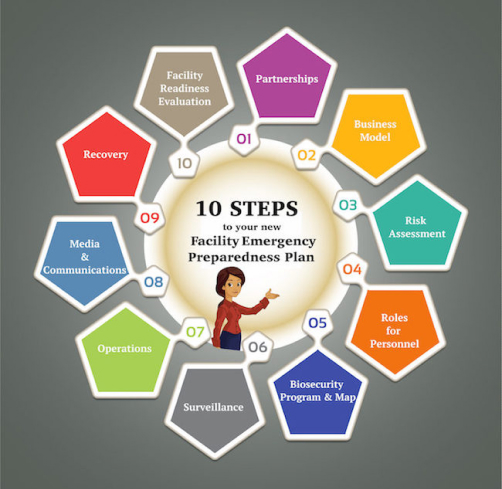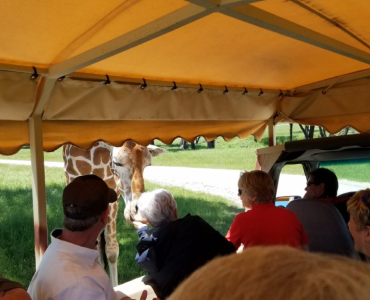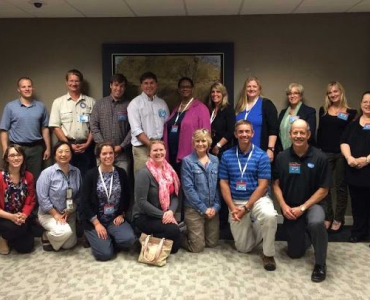Step 1: Building Response Partnerships
Building a successful partnership with your State Animal Health Official (SAHO) is a crucial part of developing a response plan for your facility, as they will have authority over all facilities with susceptible animals during a Foreign Animal Disease (FAD) outbreak. This step will introduce background information about what the time frame of response to such an outbreak might look like, including restrictions that could impact your facility, This step also provides guidance on building a successful partnership with your SAHO. Upon completion of this step, you will have a better understanding of how an outbreak can affect you and why response partnerships are so important. The Facility Information Worksheet included at the end of the step can be used as a guide for what information you should provide to your SAHO.
Click here to begin Step 1
Step 2: Understanding Your Facility’s Business Model
In order to understand how to preserve business continuity for your facility during a FAD Outbreak, you must first understand and articulate your facility’s business model. There are a wide variety of business models represented in the EAI, including preservation, movement, visitation, and assisted reproduction to name a few. In this step you will learn how SAHOs will work with the various business continuity goals of the EAI, what risk-reduction protocols may be taken, and how you can develop your facility’s goals for business continuity. Additional guidance is included for each of the referenced business models, and a worksheet at the end of the step will help you log your goals and objectives.
Click here to begin Step 2
Step 3: Conducting a Facility Risk Assessment
It is important to understand the factors that put your facility at risk of becoming infected during a disease outbreak. This step will introduce the concepts of risk assessment, including how to determine risk, and what factors might decrease (or increase) your facility’s susceptibility. A Disease Risk Worksheet that will help you assess facility protocols that impact risk of disease is also included.
Click here to begin Step 3
Step 4: Understanding Response Roles for Personnel
It is critical to understand the response roles your personnel would play if an outbreak occurred in close proximity to or inside of your facility. This step will introduce the roles your staff may play in a disease response, and go over who may fill each roll and how those roles fit into the larger command structure during an outbreak. Information on available training resources and a worksheet for tracking response roles at your facility are also included. Before beginning this step, please read the Concept of Operations Plan: Management of an Avian Influenza Outbreak at a Zoological Institution for important background information on how State and Federal officials may manage an outbreak at a zoological facility*.
Click here to begin Step 4
*Why review the Zoo ConOps document?
This document was developed for a 2015 exercise that simulated an outbreak of Highly Pathogenic Avian Influenza (HPAI) involving avian collections. The exercise was conducted involving 3 states and 5 different zoological institutions. The ConOps document provides guidance on how exotic animal facilities could fit into the overall response structures put in place by the SAHO.
The Incident Command System (ICS) structures illustrated in this plan are merely examples to provide a framework for regulatory authorities, zoological institutions, and supporting organizations to work together to successfully resolve HPAI issues impacting a zoological facility; this includes balancing disease control, conservation resources, cultural values, and animal welfare in an efficient manner.
Step 5: Creating a Facility Biosecurity Plan and Map
A sound biosecurity plan and the ability to consistently implement it will be key to successful outcomes during an outbreak. This step will introduce the concepts of conceptual, structural, and operational biosecurity, and illustrate how these concepts may be utilized to identify protocols that can be implemented at various levels of disease risk. You will be introduced to various biosecurity measures and the included picklist will help you identify what procedures to implement at your facility, laying the groundwork for your biosecurity plan. The accompanying Mapping Toolkit will help you visualize biosecurity at your facility so that you can identify areas of concern, define Lines of Separation (LOS) based on traffic patterns throughout the facility, and designate Controlled Access Points (CAPs) where specific biosecurity measures will be taken to protect susceptible species from exposure to a disease agent.
We suggest that you review the pdf’s below before beginning mapping in order to understand some Biosecurity concepts that will be important to the process of mapping your facility.
Click here to begin Step 5
Once you have finished Step 5 click here to begin mapping your facility.
Step 6: Creating a Facility Surveillance Program
Your facility may be required to conduct surveillance of susceptible animals during an outbreak, but there will be unique challenges as methods typically used by food animal productions may not be applicable. This step will discuss what surveillance protocols may be required of your facility during an outbreak, and introduce surveillance methods that may be used by exotic animal facilities; including Active Observational Surveillance, sentinel surveillance, targeted surveillance, and active surveillance. The included Active Observational Surveillance Form provides a template that could be modified and used by your staff to monitor the collection.
Click here to begin Step 6
Step 7: Facility Outbreak Response Operations
There are certain response operations that may be required if your facility were to become infected with a FAD. This step will help you create guidelines for how operations such as decontamination, managed euthanasia, and disposal would likely be carried out, including special considerations and factors for discussion with your planning team. While uncomfortable, discussing these worst-case scenario operations ahead of an outbreak further highlights how important it is to prevent infection from ever impacting the collections.
Click here to begin Step 7
Step 8: Creating a Media and Communications Plan
There will likely be a great deal of interest from the industry, our partners, and the public if a FAD outbreak were to impact an exotic animal facility. This step will go over guidelines for how information should be shared with the public in the event of FAD outbreak and include considerations for when, how, and what information should be communicated to staff, volunteers, vendors, and visitors.
Click here to begin Step 8
Step 9: Recovery
Recovery efforts should begin in the first phase of response to an outbreak and goals should be continuously re-evaluated throughout the process. The effects of a high consequence disease outbreak could be felt for a long time. This step will introduce various considerations to help you determine your facility’s needs during recovery, and identify resources that may be available to assist in meeting those needs.
Step 10: Assessing Facility Readiness
You’ve made it to the last step and your facility response plan is almost complete! This step will provide you with the opportunity to review the plans that you have developed throughout this process and identify gaps. Guidance for how to address gaps, maintain your plan, train your employees, and demonstrate your ability to implement the plan is also included.





